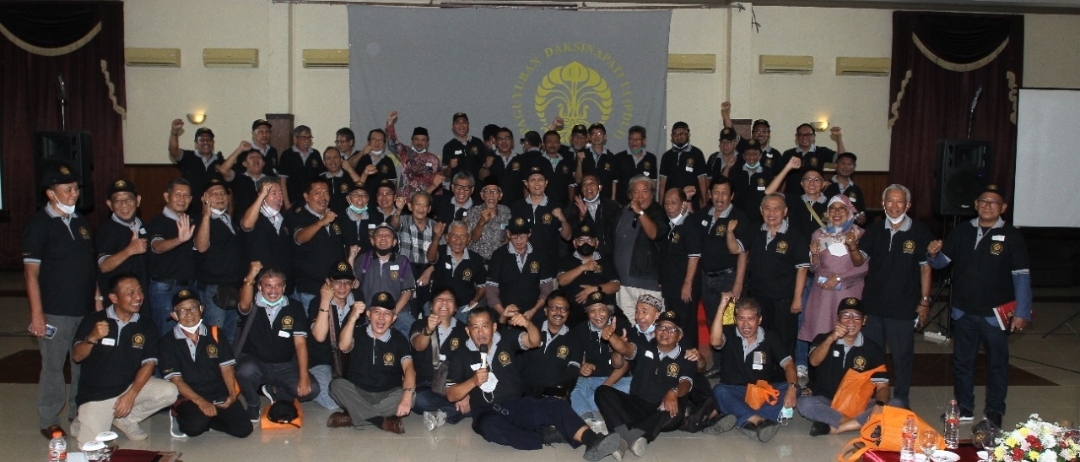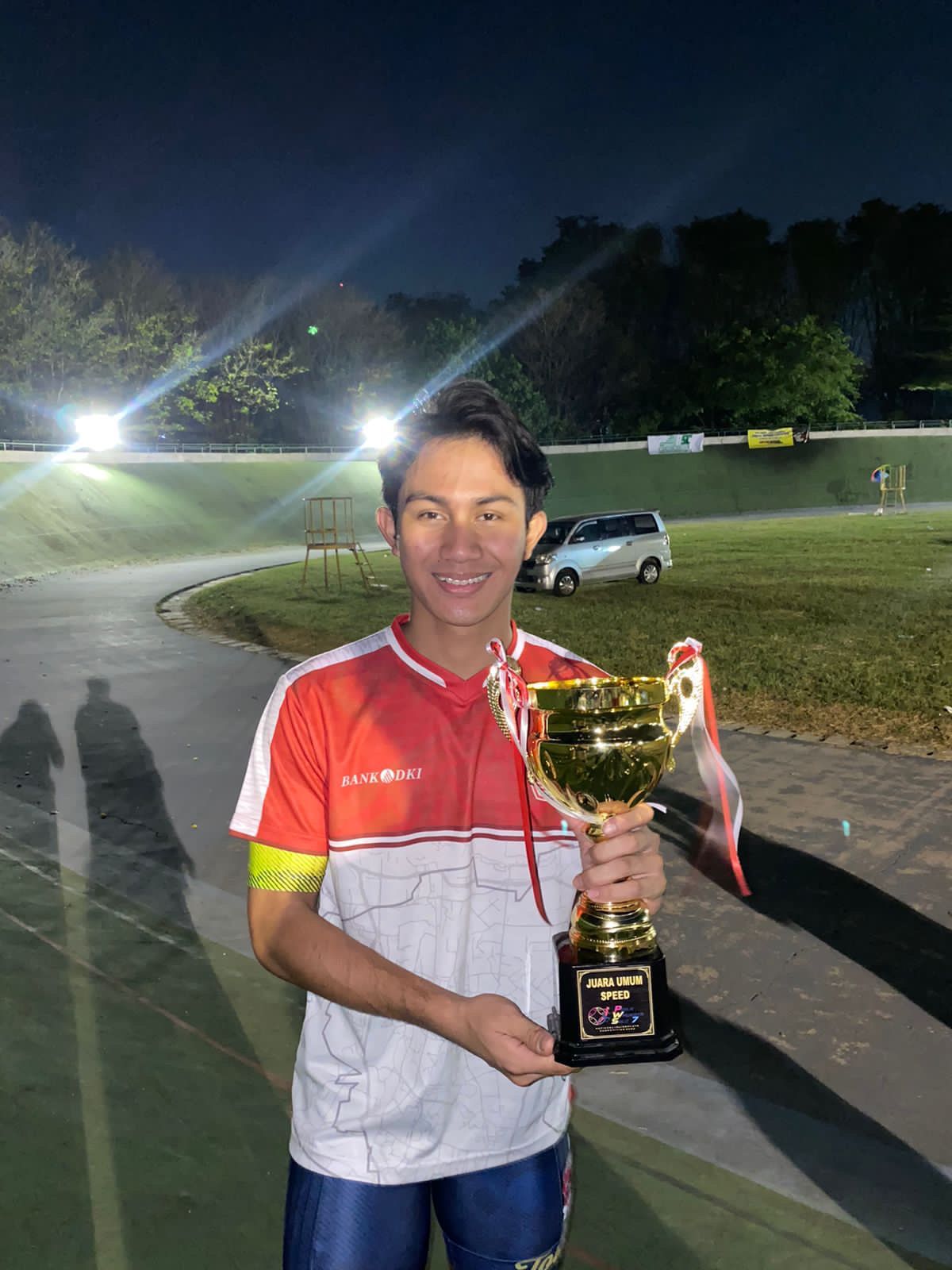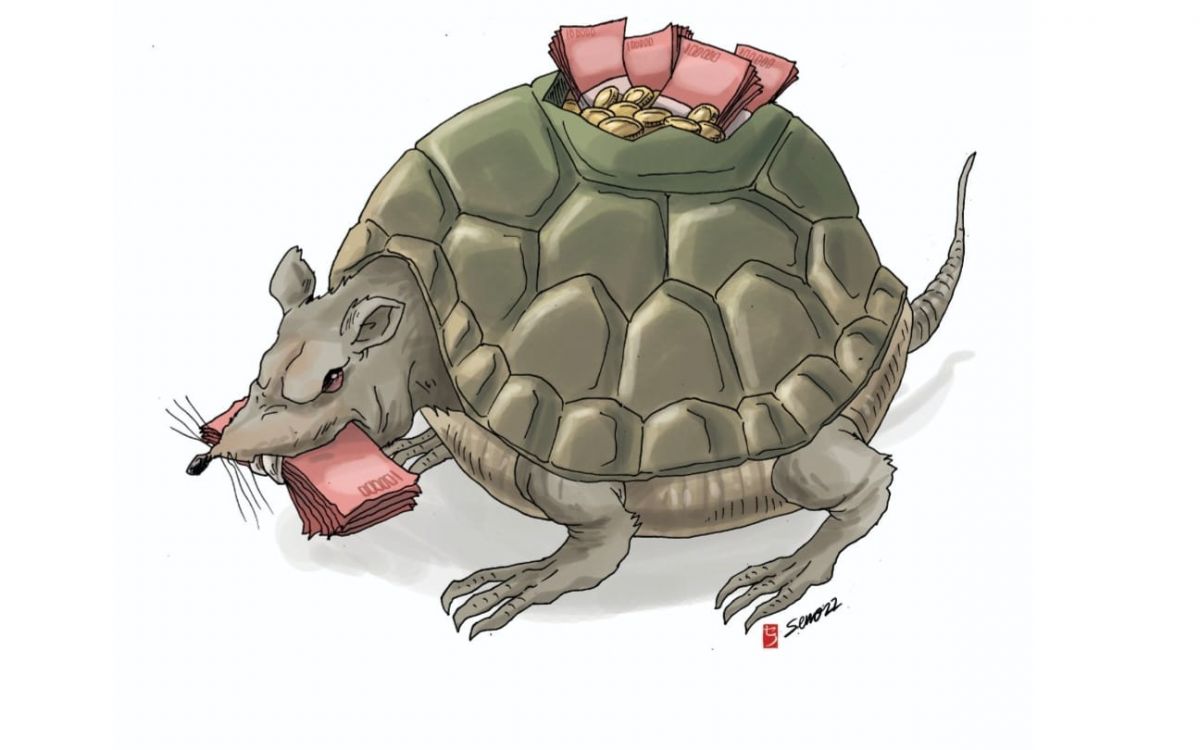
HEALTHY AND HIGH ECONOMIC VALUE, FFUI TEACHES TOGA CULTIVATION IN SASAK PANJANG VILLAGE, BOGOR
As a tropical country, Indonesia has various types of plants, including medicinal plants which have been used for generations as natural ingredients to treat various diseases. One of them is a family medicinal plant (TOGA) which is planted in areas around small homes or gardens.
Besides being used in the health sector, medicinal plants also have high economic value. Seeing this potential, the Community Service Team (Pengmas) of the Faculty of Pharmacy, Universitas Indonesia (FFUI) held an Education and Cultivation of Family Medicinal Plants (TOGA) in Sasak Panjang Village, Tajur Halang District, Bogor Regency, on Saturday (03/12). In its implementation, the FFUI Community Service Team educated and planted together three types of medicinal plants, namely Hanjeli, Rosella and Stevia seeds in the land of Sasakpanjang Village.
These three types of plants were chosen, because they are easy to plant and can survive for three days without water. In addition, these three types of plants also have economic value and can be used to improve the community’s economy.
The FFUI Community Service activity was chaired by Apt. Roshamur Cahyan Forestrania, M.Sc., Ph.D .; attended by. Head of the FFUI Postgraduate Study Program, Dr. apt. Herman Suryadi, MS.; lecturer at the Faculty of Agriculture, University of Padjadjaran, Dr. Fiky Yulianto Wicaksono, SP., MP., as a guest speaker; and the entire service team consisting of FFUI lecturers and students, as well as the service team from the Human Initiative. In his presentation, Dr. Fiky explained in detail the general criteria for plant care, as well as the criteria for planting and caring for Hanjeli, Stevia and Rosella.

In caring for these medicinal plants, NPK fertilizer is given at around 250 kg/hectare or approximately 5 g/plant. Fertilizer application is done immediately after planting the seeds. In addition, urea fertilizer also needs to be given 50-100 kg / hectare after 30 days of planting. Tough hanjeli seeds may take longer to grow. Therefore, special treatment is needed for these seeds, for example by sanding them first.
Another method is to soak the seeds in warm water for 30 minutes to 24 hours to make the skin softer and then sow them. Seedlings are declared failed to grow if shoots do not grow within 14 days after the seeds are sown. Seedlings are declared good if 80% of the seedlings can grow.
In the Hanjeli plant, only one seed is put in one hole and it can survive without being drenched in water for 3 days. The depth of the soil is only about 5 cm because if it is too deep it will make it difficult for the shoots to grow above the ground. Meanwhile, the Stevia plant is easy to flower in a hot environment, and it is hoped that the leaves will grow a lot.
Therefore, if flower buds are found on the stevia plant, they can be picked so as not to disturb the growing leaves. Stevia is more prone to drying out so it must be watered daily. In addition, it is also susceptible to weeds, so it must be planted in soil that has been covered with plastic mulch. The criteria for planting and caring for Rosella plants are the same as for Hanjeli as well as how to apply fertilizer, but Rosella is more susceptible to drought so it must be watered every day.
This community service activity received great enthusiasm from the residents of Sasak Panjang Village. “We hope that the cooperation between Sasakpanjang Village and FFUI will continue, especially the cultivation and the use of TOGA (family medical plant) as an economic product for residents,” said RW Head, Rudi Sofyan.



